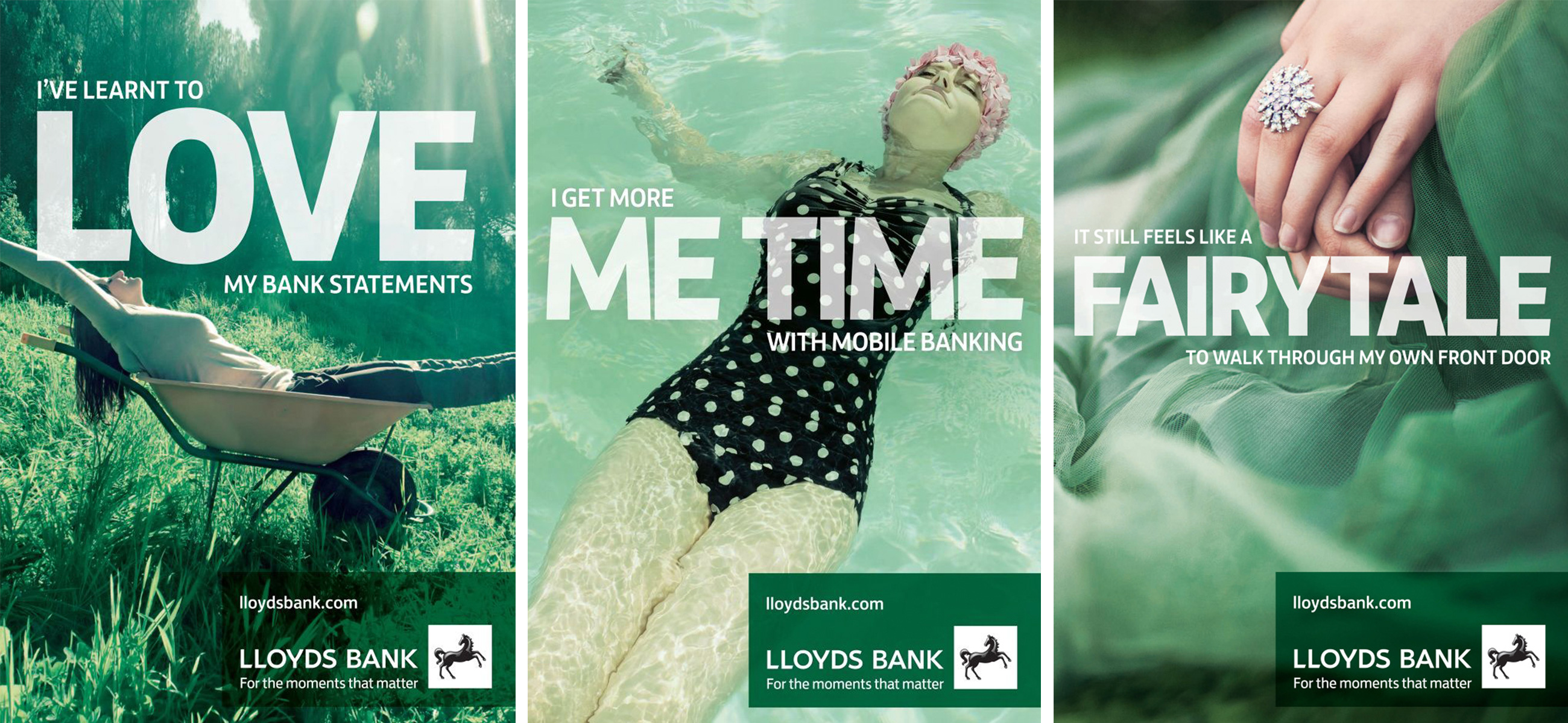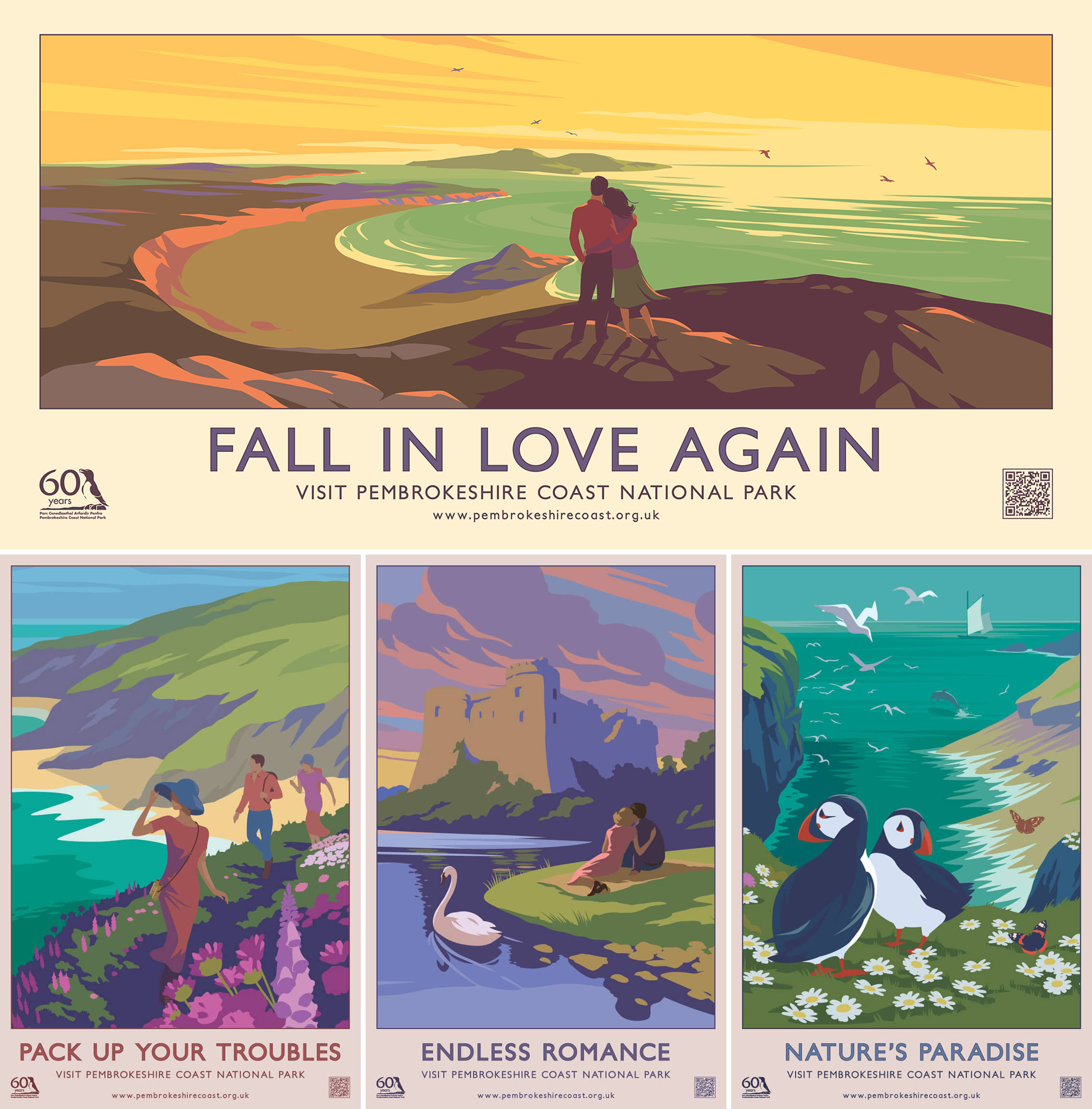October 1st, 2019
Over the past decade, a macro trend in branding and advertising has been to focus on experience. This has meant that a lot of the photography that you currently see focuses on people experiencing the product or even a step further – an experience made possible by the product – especially if the product is something intangible such as finance or services.
This change has come from the consumer. Reports show that people’s attitudes towards what is valuable are changing and that we are increasingly spending more money on things to do and less on material objects. It seems that experiences have taken on the status of material goods, being captured in endless digital photos and added to social media. Whereas before we might have taken some holiday snaps which we could only really show once to our polite friends, now our photos are broadcast to the world and have become part of our public-facing identities.
Therefore, it follows that brands need to pivot to show the aspects of their offering that are of the most value to consumers; that their product will provide a positive and enriching life experience. It is in finding this purpose within the brand that today’s consumers will be inspired and engaged.
Another reason for the focus on experience, authenticity and the ‘human touch’ is as a counterpoint to the increase of technology in our daily lives. The proliferation of technology and material wealth has accelerated at a dizzying pace, meaning that, like never before, we can see a time when humans become another outmoded and ineffective piece of tech. This ‘other’ (AI, robots, biotech, virtual reality) has given definition to humanity, real experiences and face to face interactions; whereas before it was taken for granted and, well, the only option, now it is a delineated commodity.
And so, much of advertising and brand imagery focuses not on the product being sold, but on the product of the product: the experience created by the product. This way, a brand can advertise without pushing their product so overtly, instead they aim to reflect positive moments in consumers lives, and hope that the viewer will derive from the advert that their product enabled that positive experience.
For instance, Lloyds shows how their banking facilitates everyday happy moments in people’s lives:

In our own work, we ensure that we are showing the purpose behind the product; the reason that the product exists. A notable example of our approach’s success is the three year strategy we worked to create with Forevermark. As a previously ‘product-focused’ brand, our challenge was to bring more life and inspiration to Forevermark’s purpose and communications. The solution was to work closely with the Forevermark team and their partnering agencies to create communications to ‘inspire forever moments’ – moments of intense, positive emotion between two people that they will treasure forever. The resulting ‘Forever Moments’ campaign works to create a valued, long-term relationship between brand and audience.

As well as showing the ‘product of the product’, many brands are choosing to tell their customer’s stories rather than talk about themselves. This allows the brand to show the most important aspect of themselves, their impact on real lives.
For example, both Tesco and Sainsburys championed their customers in their recent campaigns, both focusing on the individuality each person brings to their own experience of food.


Yet it is not as simple as showing images of people having a nice time. When determining what type of imagery would work best, we need to consider the following points.
Will people respond positively to seeing pictures of other people’s experiences?
Something we always consider is whether imagery of other people will work to inspire the audience or will put people off by making the experience feel impersonal to them.
Will an ‘authentic’ photo stand out on social media?
Amidst the deluge of friends’ snaps, another ‘authentic’ photo might be swept past. Therefore, an illustration or motion graphic might work harder in this space, capturing the audience’s attention.
Should we use a third-person or first-person photo?
If we feel that a third-person photo isn’t right for the occasion, perhaps a first-person photo will take the viewer ‘into’ the experience and feel more intimate.
Would illustration work better here?
The beauty of illustration is not only that they instantly stand out on social channels, but that they are universal. In an illustration of a person, we are not seeing another individual, we are seeing the idea of someone. Also, that an illustration has been crafted by an individual artist can lend its own form of authenticity and story.
We chose illustration to bring a sense of romance and nostalgia to our multi-award-winning campaign for Pembrokeshire Coast National Park. These illustrated posters are both a homage to the fabulous travel posters commissioned by railways in the 20th century, and a window to the experiences that people could enjoy for themselves.

We went through all these considerations while working with Macmillan Cancer Support. When we joined as their creative agency for Brave the Shave in 2018, they had just gone through a rebrand that focuses on authenticity and a more accurate portrayal of real people’s experiences of the charity. Therefore, our photography needed to be warm and relatable, giving the sense of fly-on-the-wall journalism rather than a staged set. We went to photoshoots with this philosophy; that we there to capture what we found and keep art direction to a minimum. These were real people’s heartfelt events, and we felt privileged to be permitted to come along and capture them.

Our 2019 acquisition campaign for Brave the Shave focused on the powerful moment that the clippers first ‘touch down’ on the brave shaver’s head – the climax of the experience of taking part. By showing this moment, we are inviting viewers to put themselves in the place of the person braving the shave and imagine this experience for themselves.
At the end of the day, however we choose to show experiences, what matters is authenticity and relevance. If the experience being shown looks unrelatable, or worse, doesn’t even relate to the product (except for in perfume ads, these seem to exist in another universe), then the audience will not feel engaged or inspired.
This means that if we can show a real experience that really can be brought about via the product, then we are creating work that will inspire people to go out and experience something positive that they might not have otherwise. And what, afterall, is life, but experience.





